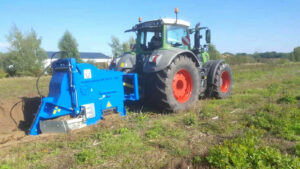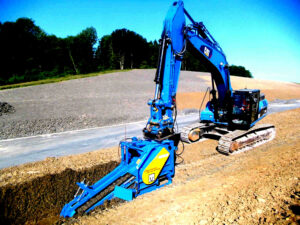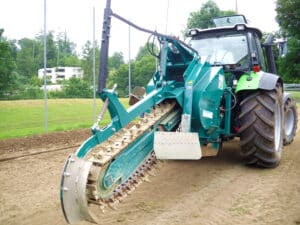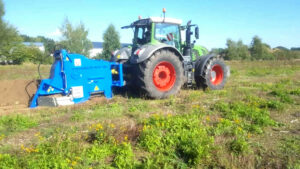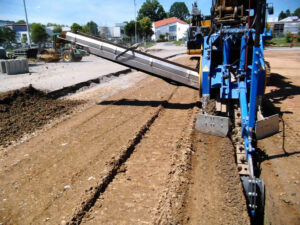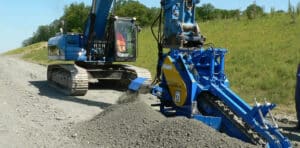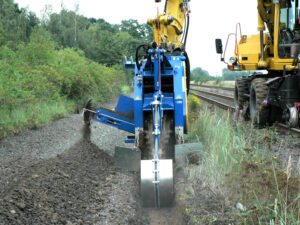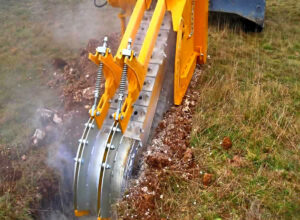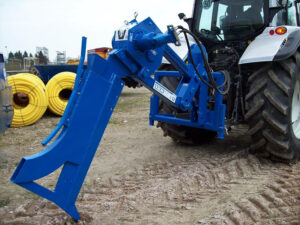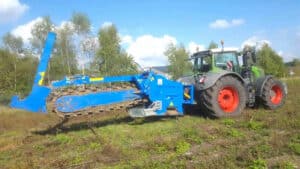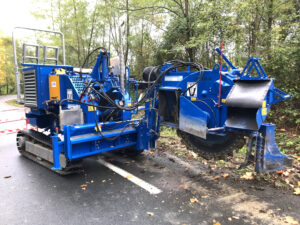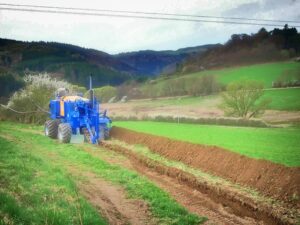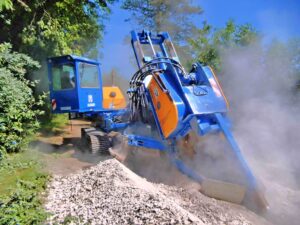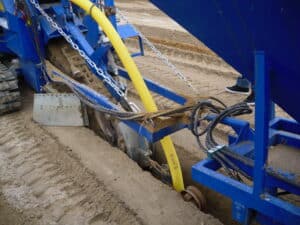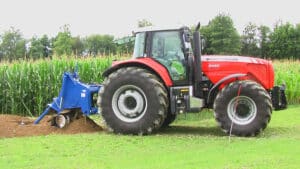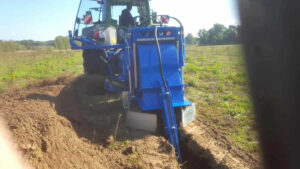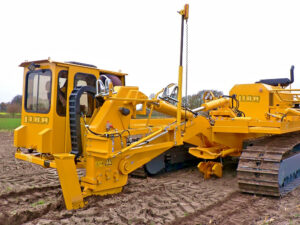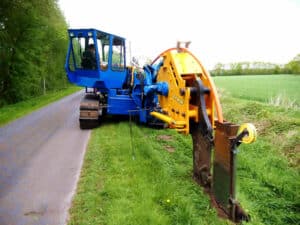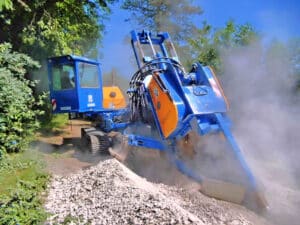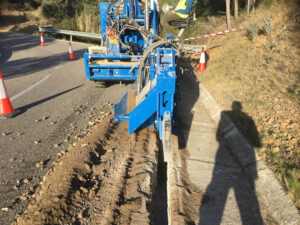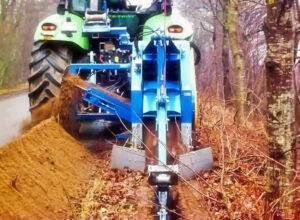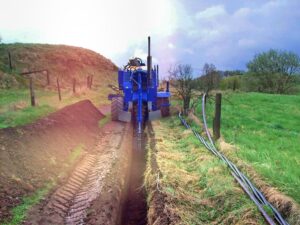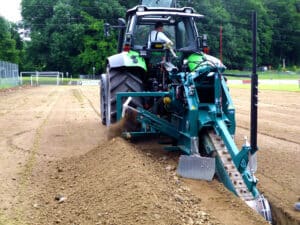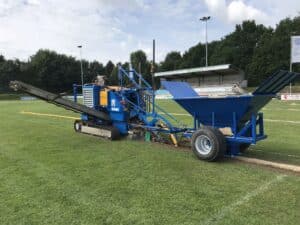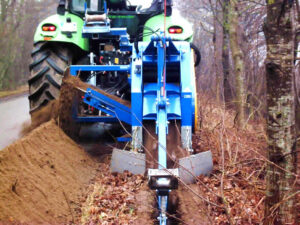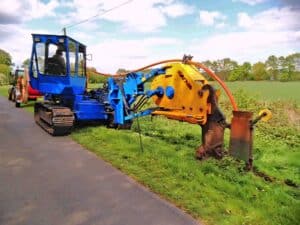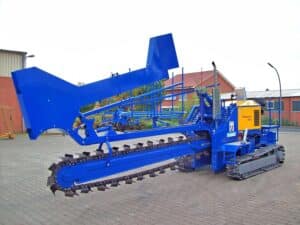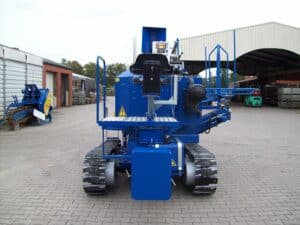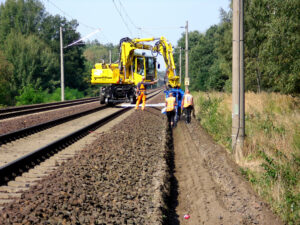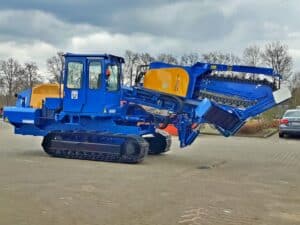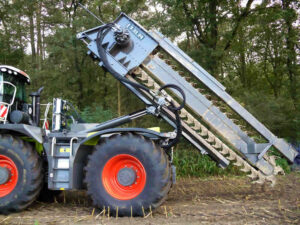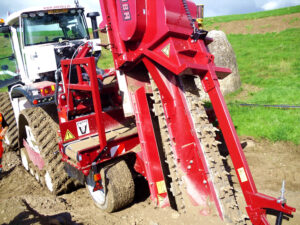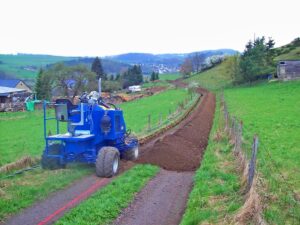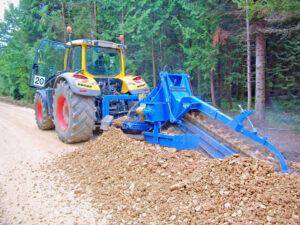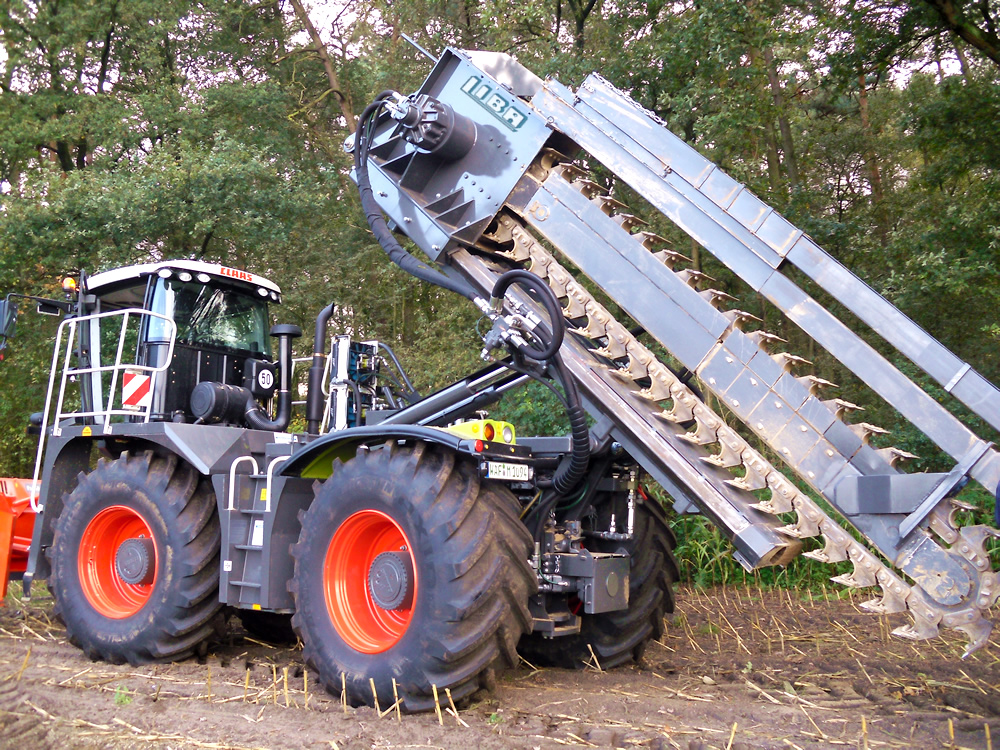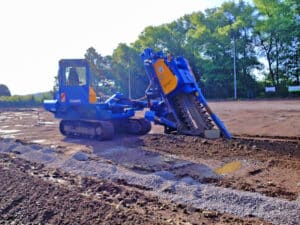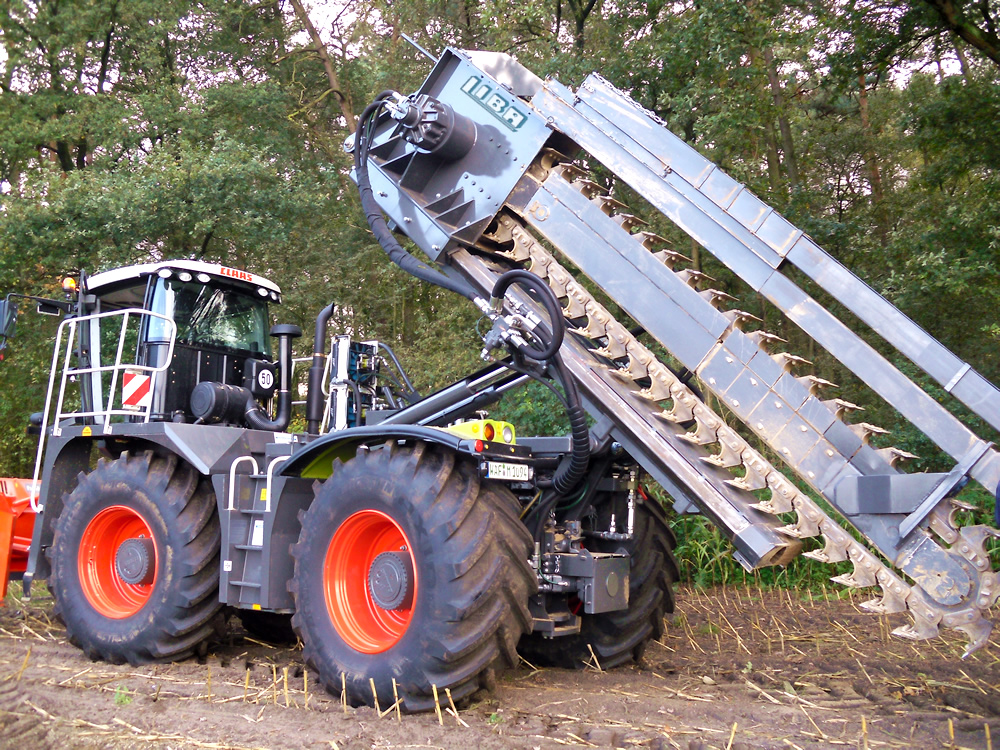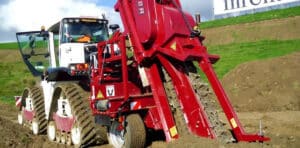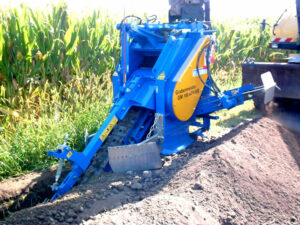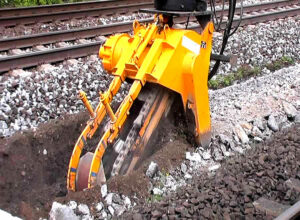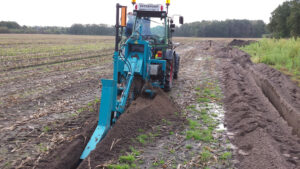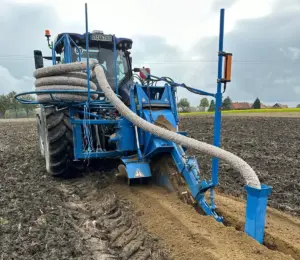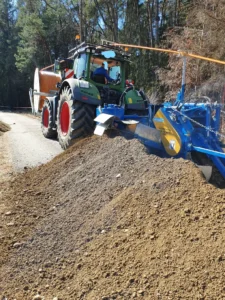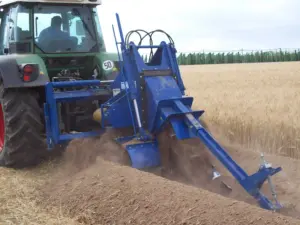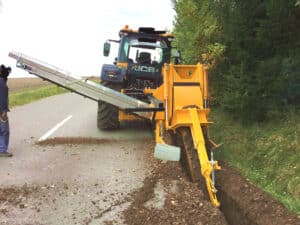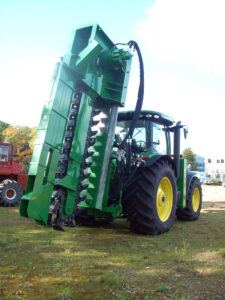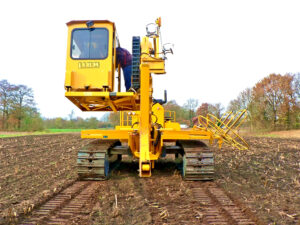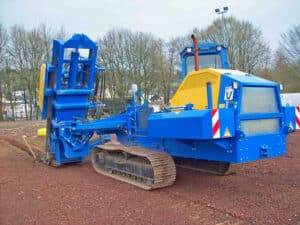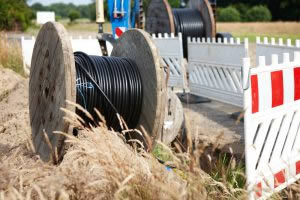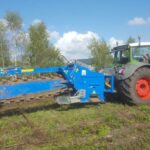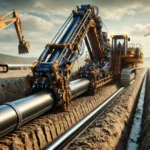Gas and water pipelines are the cornerstone of a functioning infrastructure. The supply of vital substances, such as water and gas, are of great importance and should therefore be reasonably secured. Therefore, the laying of pipes should also be done through clean trenches. Here, the trencher can again cover several areas. Here are some ways a trencher can be used on gas and water lines:
- Trenching: A trencher can be used to excavate the ground for laying gas or water pipes. With the trencher you can quickly and effectively dig trenches to lay the lines.
- Cable laying: A trencher can also be used for laying cables and pipes for gas or water lines. The trencher can cut trenches to lay pipes and cables, saving time and effort in manually laying the lines.
- Removing old lines: A trencher can also be used to remove old lines to make room for new lines. The trencher can be used to remove old lines quickly and efficiently to make room for the new lines.
- Maintenance work: A trencher can also be used for maintenance work on gas or water pipes. The trencher can be used to dig trenches to inspect the lines or make repairs.
It is important that the trencher is selected according to the needs and requirements of the gas or water pipeline project and operated by qualified professionals to ensure safe and efficient use.
Advantages of the trencher
Using a trencher to install gas and water lines offers several advantages, including:
- Speed: A trencher can excavate large amounts of soil in a short time, which speeds up the laying process and saves time.
- Precision work: A trencher can dig trenches with high precision, which is an advantage when installing gas and water pipes. This allows for better planning and more precise trenching, reducing the risk of rework.
- Less damage to the surrounding area: using a trencher reduces damage to the surrounding area compared to other methods because it excavates only a narrow trench, causing less disruption to the surrounding landscape and infrastructure.
- Flexibility: A trencher can also work in tight areas, which is an advantage when laying gas and water pipes, especially in densely populated areas.
Some examples of using a trencher to lay gas and water lines include:
- Laying gas pipelines in residential areas to provide gas service.
- Laying water mains in urban areas to ensure water supply.
- Laying gas and water pipelines in rural areas to ensure the supply of vital resources.
- Relocation of gas/water pipelines in industrial areas to ensure power supply.
- Laying gas and water pipelines under rivers or roads to provide power and not interfere with traffic.
To get a better insight into the performance and capabilities of the trencher working speed, we recommend you to watch our videos on https://lingener-baumaschinen.de/videos/. There you will find informative content and hands-on demonstrations that will show you how this machine can revolutionize your construction project. In addition to this, we invite you to visit our video channel on YouTube. There you will find more videos that provide detailed insights into the functions and use of the trencher working speed.
Suitable trenchers to create gas and water pipes are:
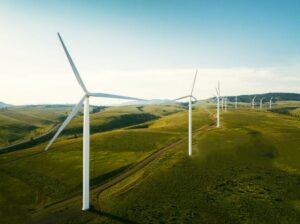
Renewable energies and trenching – Efficient infrastructure for a sustainable future
The promotion of renewable energy is crucial for a sustainable and environmentally friendly future. When installing renewable energy infrastructures, such as geothermal probes or underground
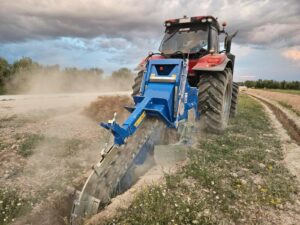
GM 160 AF – A trencher for Unimog
The GM 160 AF trencher from Lingener Baumaschinen is a powerful machine specially designed for use on a Unimog. It is ideal for the construction

GM 4 All-wheel drive – sports field drainage with the trencher
https://youtu.be/dBrvvjGquGI The GM4 Allrad trencher from Lingener Baumaschinen is a powerful machine designed for sports field drainage. The machine has a powerful 4-cylinder diesel engine
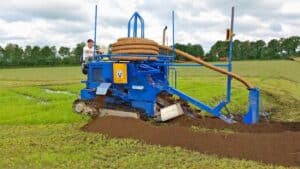
GM 4 Caterpillar – trencher for laying fiberglass
The GM 4 crawler trencher from Lingener Baumaschinen is a special machine designed for fiberglass laying. It is a tracked tiller ideal for use in



